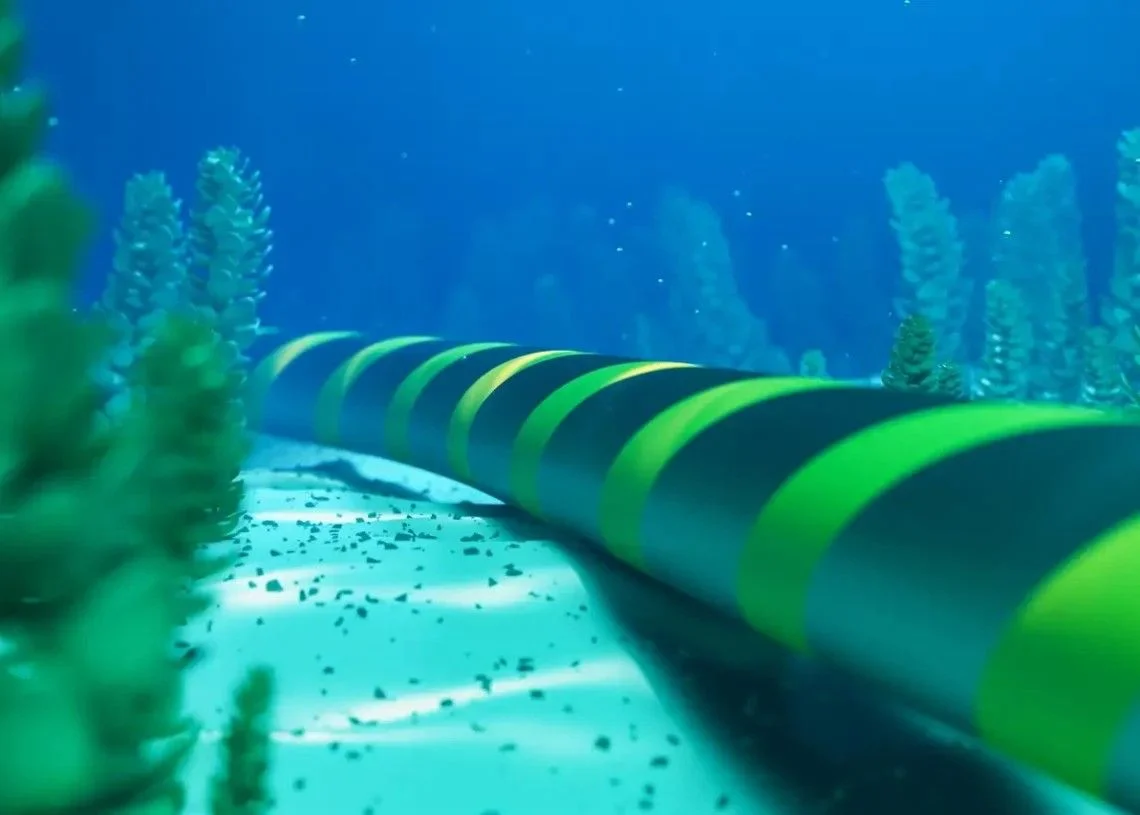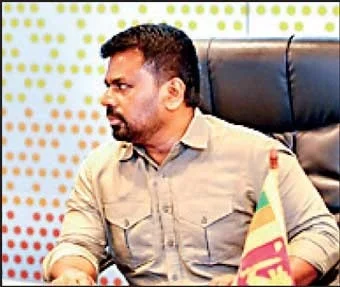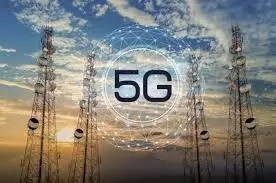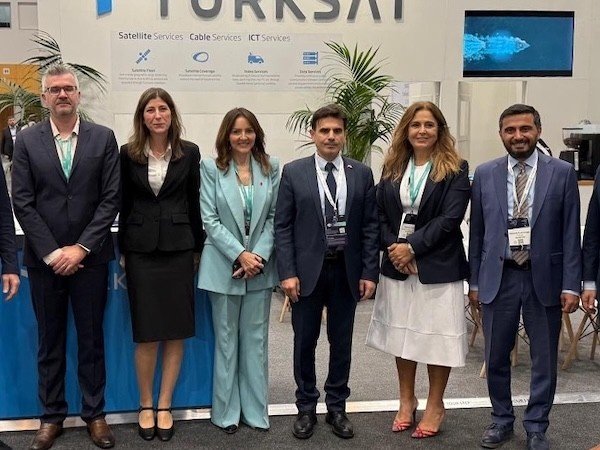A major submarine fiber optic cable project is set to link Morocco and Spain’s Canary Islands, positioning the archipelago as a strategic telecommunications hub in the Atlantic. Installation will begin in late 2025, marking a significant milestone in Europe-Africa connectivity.
The project is led by Spanish firm Islalink in partnership with Canalink, a subsidiary of the Tenerife Council’s Technological Institute for Renewable Energy (ITER). The cable will run from Arinaga Port in Gran Canaria, via Gran Tarajal in Fuerteventura, to Morocco’s coast—likely at Tarfaya or Boujdour.
With an estimated budget of €49 million, the venture has secured €20 million from the European Investment Bank and €7.5 million in EU funds for design and studies. Construction will take roughly 42 months, with operations expected in 2028. It is part of the European Connecting Europe Facility (CEF-Digital) program to improve digital cohesion, cybersecurity, and intercontinental data capacity.
Technically, the cable consists of ultrathin glass fibers protected by multiple layers to withstand deep-sea pressures and environmental conditions. Each fiber can transmit voice, video, financial data, and scientific information via modulated light pulses.
The Canary Islands’ international connectivity—already supported by ACE, WACS, and 2Africa systems—will gain redundancy, ensuring service continuity if other connections fail. The initiative complements other technological projects such as the Alisios satellite constellation, ITER supercomputer expansion, and new tech hubs in Tenerife.
Spanish media coverage has sparked political controversy, with some outlets labeling the route “controversial” and in “disputed waters,” despite Spain’s 2022 endorsement of Morocco’s Autonomy Plan for the southern provinces. This position is supported by regional governments, including the Canary Islands.
For Morocco and the Canary Islands, the submarine cable promises to enhance West Africa–Europe data flow, improve internet quality and speed, and attract data centers and digital infrastructure, creating a new Atlantic digital bridge.















